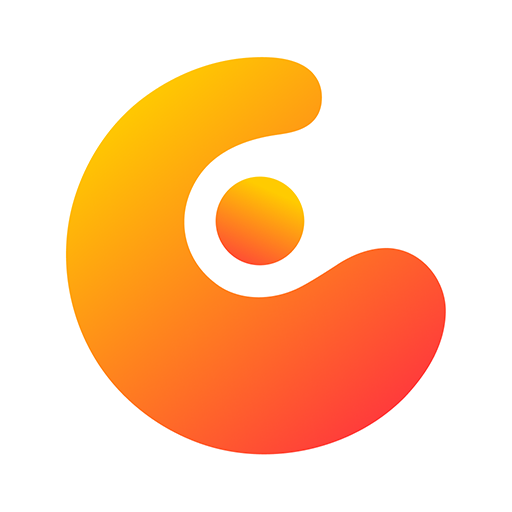Google Chrome Os Launch New Features, Including Phone Hub
Description of Google Chrome Os Launch New Features, Including Phone Hub
A series of new features are coming to Chromebooks, including Phone Hub, which will provide a better experience between Android and Chrome OS devices.
Google on Tuesday announced a set of new features for the Chrome OS operating system, primarily aimed at helping people stay productive while using multiple devices. Among them is Phone Hub, an interface that allows you to control the main features of an Android device from a Chromebook.
These developments come on the occasion of the 10th anniversary of the Chromebook, which first gained popularity in the education sector. When Chromebooks were launched with Acer and Samsung in 2011, they were mostly secondary devices for users, notes John Maletis, product manager, and UX for Chrome OS.
Since then, a "huge change" has occurred, making the Chromebook the main device for many users, he told reporters on Tuesday. In addition to the education sector, Chromebooks are aimed at both the general public and professional users. One in ten of all desktop devices sold worldwide works with Chrome OS, says John Maletis. And in the United States, that's one in five computers. Last year, Chrome OS became the second most popular operating system on desktop devices.
Phone Hub allows switching from smartphone to Chromebook
“It's amazing how much modern computing has evolved,” he says. A key part of this evolution, he adds, is the use of multiple devices. “Unlike what was done in the past, today we want to have access to our data and have a consistent experience on all these surfaces."Some of the latest Chrome OS features are aimed at making this experience easier. The Phone Hub serves as a sort of "control center" for Android devices. At the top of the app, users can see information about their phone's status, such as battery life and cellular connections. Underneath, there are quick action buttons, such as instant connection, or the "locate your device" function or the "do not disturb" mode. Phone Hub also allows you to activate notifications to receive and respond to messages sent to the phone directly to the Chromebook.
In the coming months, Google will launch Nearby Share, allowing users to instantly and securely share files between their Chromebooks and other Chrome OS or Android devices. The feature will be available offline, and there will be no need to share contact details.
Practical features
Google is also expanding Wi-Fi Sync to other devices, so it will be possible to sync its Chromebook credentials not only with another Chromebook, but also with Android devices, and vice versa. When one of your devices has connected to a Wi-Fi network, if you are using another device with the same Google account, it will not be necessary to fill in the network connection information again.Chrome OS also benefits from a series of features and capabilities that can save time and increase productivity. For example, the configuration of Chromebooks has been simplified so that parents who create their child's personal Google account (managed with Family Link) can also immediately add a school account. The child can then use school apps like Google Classroom, while parents can use Family Link to keep control of the device.
A new screenshot tool will also be available in the quick settings menu, allowing you to take precise screenshots or screen recordings. The screenshots will automatically be saved to the clipboard. The latter has been improved to keep the last five elements copied, thus avoiding back and forth between documents. A new space, called "Tote", will also provide quick and easy access to pinned files, as well as recent downloads and screenshots
Recent APPS
designkug.com © 2021 • About Us • DMCA Policy • Privacy Policy • Terms & Condition • Contact Us • Submit Apps













